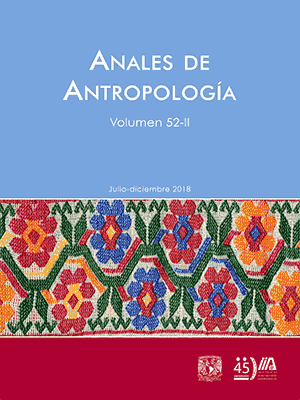Critical review of the use of ilion for gender determination in skeletal remains of subadult individuals by morphometric techniques
Main Article Content
Abstract
The search for morphological characters that determine sex in skeletal remains of subadult individuals has been one of the recent problems adressed by physical and forensic anthropologist and bioarchaeologists. To review the sex estimation of infants based on digital images, we describe the landmarks and semilandmarks configurations that represent different regions of the ilium, and the differences due to the sex are evaluated analyzing the morphological data by means of geometric morphometric technique. For this work, we used digital photographs of the iliac bone of 216 individuals of known sex ranging from the fetal period up to 16 years after birth of four documented osteological collections from Granada (España), Coimbra (Portugal), Lisboa (Portugal) and La Plata (Argentina). The results confirm the existence of sex-related differences in ilium morphology, and identify the configurations of points useful to determine variation during development and the expression of sexual dimorphism. The edge of the auricular surface does not presente identifiable dimorphic differences among the age groups of the sample. On the other hand, the shape of the contour of the ilium and the greater sciatic notch produced significant results in the evaluation of the dimorphism. We discuss the difficulties encountered in the observation of the landmarks and propose that to make the new results comparable it would be useful to generate specific definitions to understand the morphological variation of different age groups.
Downloads
Article Details
Citas en Dimensions Service
Esta revista usa una licencia CC del tipo CC BY-NC-ND 3.0. Se maneja bajo el esquema de acceso abierto, con una licencia Creative Commons Attribution-NonCommercial-NoDerivs 3.0 Unported.
